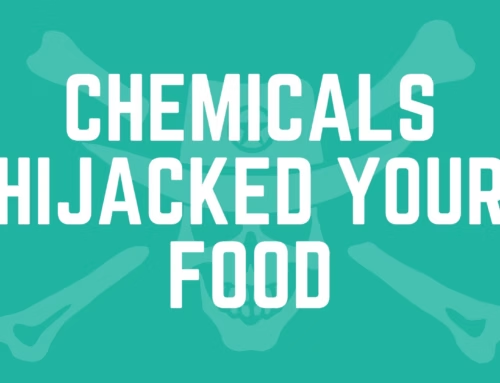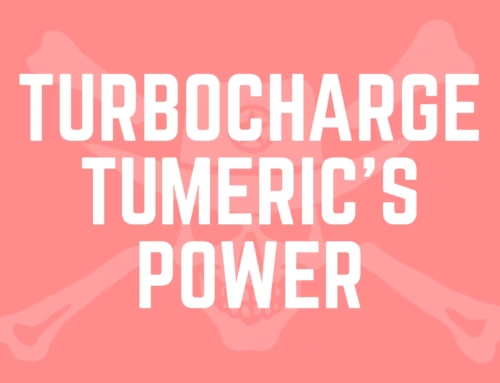Omega-3 Fatty Acids: The Keystone of an Anti-Inflammatory Lifestyle
Why Omega-3s Matter More Than You Think
Our modern diets are overloaded with omega-6–rich seed oils—think soybean, corn, sunflower—pushing the omega-6:omega-3 ratio as high as 20:1, when humans evolved on ratios closer to 1:1. This imbalance fuels chronic inflammation, contributing to everything from joint pain to heart disease. Reintroducing EPA and DHA via omega-3s restores that balance, calming overactive immune responses and promoting recovery after exercise or injury.
Data Point: A 2021 meta-analysis of 12 trials showed that 2–3 g/day of EPA+DHA lowered C-reactive protein (CRP) by 28% and interleukin-6 by 22% within 8 weeks.
How Omega-3s Actively Quell Inflammation
Omega-3s don’t just passively reduce inflammatory signals—they become the building blocks for specialized pro-resolving mediators (resolvins, protectins) that actively shut down inflammation and kick-start tissue repair.
- Membrane Remodeling: EPA/DHA integrate into cell membranes, displacing arachidonic acid and reducing pro-inflammatory eicosanoid production by up to 40%.
- Pro-Resolving Mediators: Converted into resolvins and protectins that clear inflammatory cells and restore homeostasis.
- Gene Expression: Down-regulate NF-κB and COX-2 pathways, while up-regulating anti-inflammatory genes like PPAR-γ.
Top Whole-Food Sources & Their Benefits
Whole foods deliver omega-3s alongside protein, vitamins, and minerals—always prioritize them before supplements.
- Wild-Caught Fatty Fish
Examples: Salmon, sardines, mackerel, anchovies
Benefit: 4 oz of salmon provides 1,500–2,000 mg EPA+DHA, plus vitamin D and selenium for immune support.
Tip: Grill or bake with lemon and herbs; aim for 2 servings per week. - Algal Oil
Examples: DHA-rich algal capsules—vegan-friendly
Benefit: Direct DHA source (300–500 mg per capsule), no conversion needed, free of ocean-borne contaminants.
Tip: Take with meals containing fat to boost absorption. - Chia & Flaxseeds
Examples: Ground flax, whole chia
Benefit: 1 Tbsp flaxseed supplies 1,600 mg ALA, which converts partially to EPA; fiber content supports gut health.
Tip: Stir ground flax into oatmeal or smoothies; let chia gel in yogurt for a pudding. - Walnuts & Hemp Seeds
Examples: English walnuts, hulled hemp
Benefit: Walnuts provide 2,500 mg ALA per ounce; hemp seeds add GLA (an anti-inflammatory omega-6) plus ALA.
Tip: Snack on a 1 oz handful or sprinkle seeds over salads.
Supplements, Dosage & Timing Strategies
When diet alone isn’t enough—especially for therapeutic goals—high-quality supplements fill the gap. Here’s how to optimize them:
- Dosage Targets: 1,000–2,000 mg combined EPA+DHA daily for maintenance; 3,000–4,000 mg for active inflammation under professional guidance.
- Timing: Always take capsules with a fat-containing meal; absorption improves by up to 50%.
- Quality Checks: Look for IFOS or NSF certification; third-party testing ensures purity, no heavy metals, and minimal oxidation.
Do’s & Avoids: Getting the Most from Your Omega-3s
Follow these simple rules to maximize benefits and minimize pitfalls:
- Do: Store oils in the refrigerator or in dark, cool places to prevent rancidity.
Avoid: Leaving fish-oil bottles on the countertop or in direct sunlight, which accelerates oxidation. - Do: Pair omega-3s with antioxidants—vitamin E, polyphenol-rich berries—to protect against free radical formation.
Avoid: Combining supplements with deep-fried or ultra-processed foods that introduce pro-oxidant compounds. - Do: Rotate sources (fish, algal oil, flax) to ensure a broad spectrum of long-chain and short-chain omega 3s.
Avoid: Relying solely on ALA-only sources if you need higher EPA/DHA levels for clinical support.
Quick Win: Sneaky Omega-3 Boosters
You don’t need pills to up your omega-3 game. Try this easy, no-cook routine tomorrow:
- Start with a smoothie: 1 Tbsp ground flaxseed + 1 cup frozen berries + 1 cup unsweetened almond milk.
- Mid-morning snack: ¼ cup walnuts (≈1,250 mg ALA) alongside a piece of fruit.
- Dinner upgrade: Grill or bake a small salmon fillet (≈4 oz) for 1,500–2,000 mg EPA+DHA.
This single day packs in over 3,000 mg of omega-3s without a single capsule—perfect for travel or pill-averse days.
Related Deep Dives
- Anti-Inflammatory Diet: What to Eat and Why It Works
- Why Seed Oils Fuel Inflammation—and What to Use Instead
- Supplements for Inflammation Support
FAQ
- Can I skip supplements if I eat enough fish?
If you consistently eat 2–3 servings of fatty fish per week, you may meet maintenance needs; supplements help when fish intake is low. - What’s the best way to avoid fishy aftertaste?
Choose enteric-coated capsules and take them with meals; refrigerated bottles also reduce oxidized flavors. - Are krill or cod-liver oils better?
Krill oil offers phospholipid-bound EPA/DHA for slightly higher absorption; cod-liver oil adds vitamins A and D but may contain higher vitamin D levels than needed.
Conclusion
Restoring your omega-6:omega-3 balance with real-food sources and targeted supplements is one of the most impactful strategies to turn down chronic inflammation. Start with a simple swap or a single capsule, and notice the difference in joint comfort, mood, and recovery on your next Jolly Outlaw adventure.
Disclaimer: This article is for educational purposes only and does not constitute medical advice. Always consult a qualified healthcare professional before making any changes to your diet, exercise, supplement regimen, or lifestyle—especially if you have pre-existing conditions or are taking medication.





